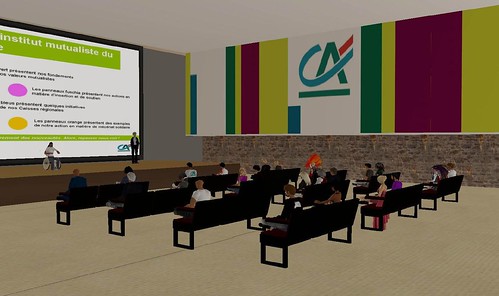I see the LA Times is reporting that the San Francisco Bay Area Air Quality Management District‘s board of directors voted overwhelmingly (15-1) in favour of levying a carbon tax on businesses.
The tax will be 4.4 cents per tonne of CO2 emitted which, in reality is paltry:
More than 2,500 businesses will be required to pay the proposed fees. About seven power plants and oil refineries would have to pay more than $50,000 a year, but the majority of businesses would pay less than $1, according to district estimates.
But this rate will increase with time and this news is massively significant in other ways.
This is the first instance of a carbon tax in the US, according to the piece in the LA Times, although the New York Times reports that Boulder Colorado was first when it imposed a carbon tax in Nov 2006 on both businesses and homes.
Either way, this is an indication of things to come. The best way to reduce carbon emissions is to charge for them (and the damage they wreak).
More and more we will see the implementation of carbon taxes and this more than anything else will force us to reduce our CO2 output.
We in GreenMonk are firm believers that we need to get off the carbon economy as soon as possible and so we strongly welcome this new carbon tax.


